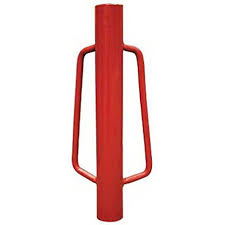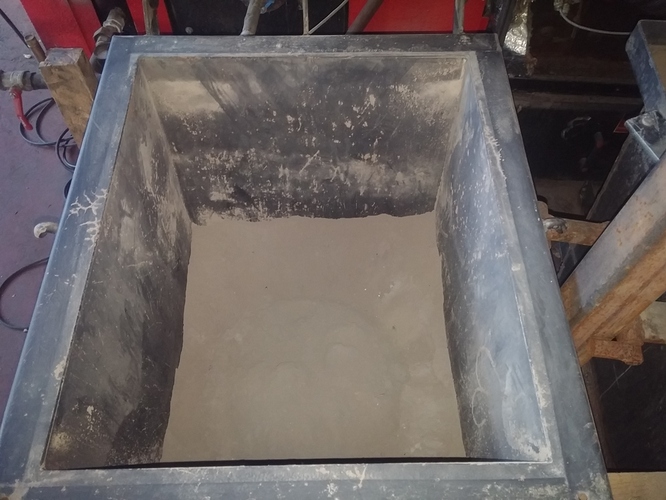I guess you just look around wherever you find yourself in the world, See what woody-plant material is abundant and maybe not useful for anything in particular, (all you want for free), and make charcoal out of that. We in Indiana have Mulberry trees sprouting up everywhere, under my pine trees, in the fence-rows, in the drainage ditches. I could run a lot on just that stuff! 
Send some to me, I love mulberries.
You have Mulberry trees too… Haha the birds love the berries and poop plant them everywhere.
Bob
Dumb question, It seems that hardwood charcoal is the much preferred motor fuel. If, as I understand it there is nothing but carbon left in charcoal,why does it matter what kind of material it was made from?
Thanks for the question Andy. I was wondering the same thing. Maybe hardwood has a heavier density as charcoal too?
Hard wood charcoal is more durable. I can use soft charcoal but it is more dusty and would not hold up on long trips or lots of handling. And soft char has a shorter run time per volume. Soft might give zipper engine response.
I’ve used sulfur, if I recall correctly, to help cure tar binder.
Charcoal pellets can be made in a cement mixer (paddles removed).
As already mentioned, here are the ashes of a biomass boiler, only sand, very good for gardens with potash.
I’m with you Bruce, but as a development worker, I have to say you picked about the hardest sell there is…using human waste in Africa. Tough cultural marketing problem.
Nevertheless, someone has to do it. So, Thanks.
Was thinking about your system…How often do you have to “clear” your pipe?
Do you have some other substance that could act as a “packing” of sorts for layering, so each one would not stick to the next. I was just thinking that you could do several and then clear.
Also, I made a tool a few years back for punching holes in plastic mulch while simultaneously removing a plug of dirt to set plants in. Basically a piece of pipe (of whatever size) on a wooden handle from a post hole digger or such. and then a lever for the other hand that pushed a rod with a plunger at the top of the pipe that would push the dirt clod out of the pipe. I will try to find it and post a picture. Super fast for making room for plugs/starts. I bet it would work for your purpose too.
Also, just thought of something else. If you could keep pounding a pipe into your medium and somehow have that short pipe attached to a larger pipe with a pipe-1-id-sized slot in the sides across from each other. And then have something that would push through/cut off the brick medium and push it out of the pipe laterally, it could shoot those little bricks out the side pretty quick with one motion. maybe spring loaded or just a weighted plunger. You could make a brick every time you dropped it into your medium and picked it back up again.
Or maybe have the cookie cutter pipe come up into an upside down wye or tee and let the brick roll out of that. Then you could sort of control where it goes.
Luke just found the one I was talking about:
Billy,
Thanks for the good reply. The pellets are popped out (should I say, pooped out) one at a time. I can make about 15 pellets per minute or 900 per hour. I haven’t figured out how many pellets equal a gallon of gas, but I’m expecting them to be cheaper than fuel imported to landlocked Rwanda. I can make them faster by modifying my sausage stuffer, but I like the density of these rammed pellets. You have me thinking. I wonder if I put a spring on the ram rod so it rested a few inches up in the pipe. After cookie cutting a one inch plug, it would ram by inertia when slammed against a board then eject the pellet when jerked in the air.
There is not as much resistance to poo binder as you might think. My friend Andrew at Sanivation is selling 50 tons per month of poo-binder charcoal briquettes in Kenya. His customers are mostly institutions who value performance consistency. It helps that most countries have strict controls on charcoal making from wood because of deforestation. As enforcement improves, but demand continues, poo-binder briquettes are more attractive.
In Rwanda, the government just wants to make sure they are pathogen free. Customers just want to know how briquettes perform compared to wood charcoal. They already know about cow manure as a plastering compound so with education and heat treating, the leap is not so great. It helps if the product looks good (attractive packaging), performs better, costs less and has government approval.
Bruce,
Brilliant! That could be automated somewhat I think!
That is the coolest pelleter on this planet!
More !! cool little tool that is Bruce
I haven’t figured out any automation, but think it would be easy to do this with both hands to double production. Also thinking about modifying a two-handed fence post driver (add a piston rod and spring) to make cooking briquettes with the same method: cut->ram->pop.

Could probably use something lighter, like the tubing they make swing-sets out of, or even PVC schedule 20 drain pipe. It would be easier on you. Larger EMT conduit might also be nice, commercial electrician might have cut-offs of 3" or even 4" diameter EMT.
A spring loaded ejector triggered on the upstroke could make the thing automatic and very fast.
Mike,
Good thinking about using lighter pipe! I can hardly wait to build it. I’m thinking maybe EMT pipe with an internally weighted PVC piston?
Yes! I was just thinking, with lighter tubing, you would need that soft but firm (mud flap? door mat?carpet scrap ?cardboard?) pad to keep from denting up the working end. I think a weighted PVC “ram” would work slick.
I am thinking that we only need three strokes (one down–one up–one eject) instead of the 7 strokes in the video (down to cut–up and down–up and down --up and eject).
New method:
- Make the first stroke into the charcoal mix with enough speed/force that inertia slams the spring suspended piston downward to compress the charcoal plug it has just cut.
- Lift
- Thrust to eject.
This simple change will raise the production to over 2000 pellets per hour with a small machine in each hand or 1000, 2" briquettes per hour with a two-handed machine. This assumes that someone could work nonstop for an hour and someone else keeps the tray filled with charcoal mix. Two people trading off these two jobs could crank out a lot of gasifier pellets or cookstove briquettes in a day.
I bought parts tonight at Home Depot to make a 2 inch version.
This method might require a fluffy, soft landing surface for the ejected briquettes.
That"s a lot of Char-Poo mix! 

